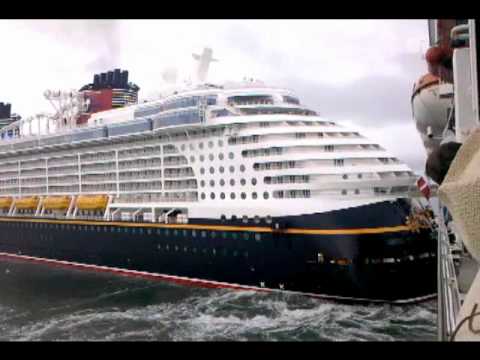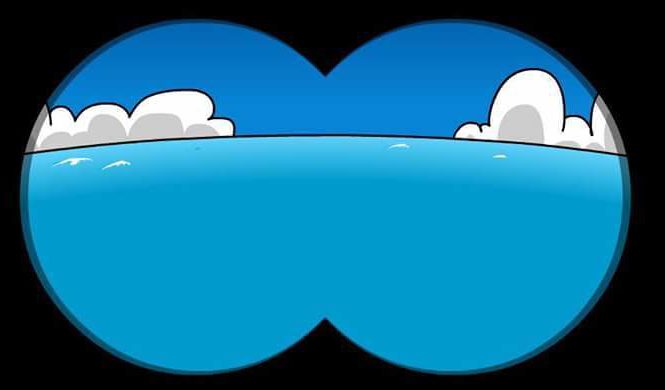How often we have heard our CO ask us this at sea; and now, in the twilight years of our lives, we all know the answer. But, let me explain this to our civilian friends in this group:
When you first sight or detect another vessel at sea, it is like a speck. What interests you most about the vessel (contact) is its bearing as seen on the gyro compass. You have to observe its bearing for the next few minutes in order to see what’s the contact doing. It can be one of the three situations: if the bearing is steady and the contact is closing in range, then one has to worry about action by either or both of the vessels to avert collision. If the bearing is drawing aft (ie, drawing left for a contact on port side, and drawing right for a contact on starboard side), then it is generally a safe situation. If the bearing is drawing forward (ie, right for a port contact and left for a starboard contact), there is risk of the vessel crossing ahead of you at close quarters, especially if it is a large vessel. Hence, when a Captain asks the Officer of the Watch, “What’s the contact doing?” he expects an intelligent reply about what its bearing and range are doing and a quick estimate of its CPA (Closest Point of Approach).
Following conversation took place between CO of one of my ships and a close friend of mine.
OOW: Ship on bearing 120 on far horizon, Sir.
CO: Very good.
CO (after about 3 minutes): What’s the contact doing?
OOW (Looking intently through the eye-piece of the compass): Wait one, Sir, I am observing.
CO (a little taken aback but retaining his cool): Okay, let me know quickly.
CO (after some time): What’s the contact doing?
OOW (Looking even more intently through the eye-piece than earlier): I am observing, Sir, will let you know, Sir.
CO (now visibly not able to keep his cool): How long does it take dammit? Hurry up.

By this time the ship was fully visible: a large passenger liner and it appeared to be drawing closer though not on a steady bearing.
OOW (Applying more strain on his eyes through the eye-piece and even looking through his binoculars hanging around his neck by a lanyard): Just a minute Sir, I am nearly there now.
OOW, my good friend, hadn’t observed that by this time the CO had picked up a parallel ruler as a weapon.
CO (Impatiently now): What’s the contact doing, for heavens’ sake?
OOW (Getting a good look at the contact through the compass eye-piece and the binoculars): Appears to be doing fine, Sir; they seem to have a party on board.
The thud of the parallel ruler on the OOW’s arm was sharp and decisive. It was indeed a close quarter situation with the liner and various orders were given by the Captain to avoid that.
Later in the night, in the JOM (Junior Officers’ Mess), when we were about to sleep in our bunks, I heard the timid voice of my friend asking me, “Don’t you think they should give us more powerful binoculars if they want us to know ‘what’s the contact doing’ at a considerable range?”
I agreed with him whole-heartedly that navy wasn’t turning out to be as wonderful a service as we had reckoned during our school and college days.
